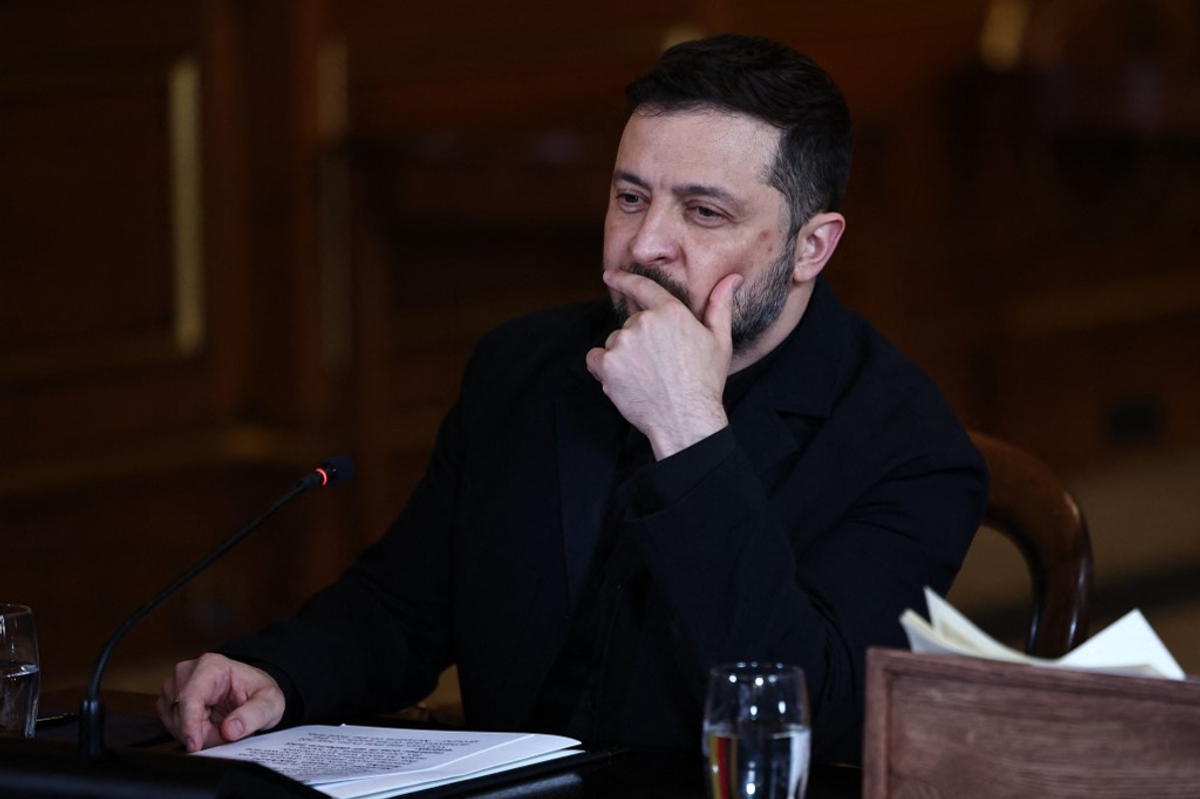Copyright kyivpost

Expanding strike range Ukraine has increasingly targeted Russian energy facilities in recent months, using long-range drones to attack oil refineries and depots hundreds of kilometers from the border. The attacks, Kyiv says, are aimed at undermining Russia’s capacity to finance and sustain its invasion. Zelensky said the government is working closely with domestic weapons producers under long-term contracts that allow the military to scale up its supplies. “There will be more such contracts,” he added. He also noted that officials were briefed on Russia’s latest attacks on Ukraine’s energy infrastructure and underscored the need to strengthen air defenses. “We must secure specific air defense supplies from our partners – they have the necessary systems,” he said. In a follow-up post, Zelensky linked Ukraine’s deep-strike strategy with international sanctions targeting Russia’s energy sector. “All deep-strike goals must be fully locked in by year’s end, including expansion of our long-range footprint,” he wrote. Ukraine stepping up attacks Since August, Ukraine has stepped up drone attacks on Russian oil and gas infrastructure, hitting refineries and pipelines across the country. Bloomberg estimates that nearly one-third of Russia’s refining capacity has been affected. The US under President Donald Trump has reportedly shared intelligence to help Kyiv target Russian oil sites in a covert effort to pressure Moscow into negotiations. By early October, the strikes had shut down about 38% of Russia’s oil refineries, triggering fuel shortages and forcing authorities to impose gasoline and diesel sales limits in multiple regions. The disruption has led to gasoline shortages in 57 regions, with the Russian “petrostate” halting exports and resorting to importing petroleum products from Belarus, China, and other Asian suppliers. Fuel prices have also surged – Rosstat recorded a 2.58% increase in September, the sharpest monthly rise since 2018, and a 12.73% annual growth rate, the highest in 14 years.



